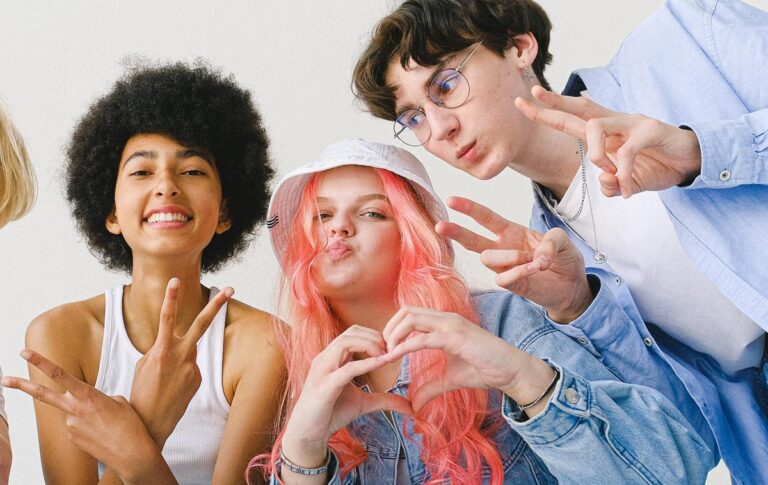How successful is #TikTokResumes so far and which companies are hiring through it?
In May 2020, TikTok revealed it was working on new job listing and video resume features for its app. Although it sounded pretty big at the time—the chance of spending even more time on the app, for justifiable reasons? I’m down—as of now, the video-sharing platform only started a minor test of its promise creating the hashtag #TikTokResumes and TikTokresumes.com. So, now that we have more information on how it all works and what current applicants are coming up with, let’s have a closer look at it and try to see whether it truly holds potential for the next generation of workers, shall we?
@makena.yee Here are the reasons why YOU should hire me! Don’t be shy, let’s get in touch. #tiktokresumes #tiktokpartner
♬ original sound - seattle food & lifestyle
Job applicants submit videos with the hashtag #TikTokResumes and through the website of the same name to ‘show off’ their skills. Think of it as the gen Z way of listing your technical and personal skills on your one-page CV. Applicants can include their contact information and, if they want, even their LinkedIn profile. Employers can then review the videos, which must be set to public, and schedule interviews with the applicants they find the most interesting.
The resumes are an effort to help young people “get the bag” and get paid, Kayla Dixon, a marketing manager at TikTok who developed the programme, said in a statement. If I’m being honest, it’s a pretty exciting idea considering how outdated the modern job search is. And apparently, I’m not the only one seeing strong potential here.
now accepting resumes at @ShopifyEng using the framing of your preferred tiktok memehttps://t.co/DAQ7UDnljb
— David Zhou (@dz) July 7, 2021
“Employers, many facing labor shortages, are interested. Chipotle, Target, Alo Yoga, Sweetgreen and more than three dozen other companies have started hiring people via the app,” writes The New York Times in a recent article on the new features. Here’s a full list of the companies using the app to hire right now.
That being said, the concept remains in its beta version for now, meaning that a lot of the jobs that are currently being listed are for entry and mid-level positions, not high-level executive gigs. If you’re already established in your career, posting your resume on TikTok may not be all that helpful.
Simultaneously, TikTok has seen an outgrowth of a part of the app called CareerTok, where users share job-hunting advice, CV tips and various job opportunities. Videos with the hashtag #edutokcareer have amassed over 3.8 billion views.
As frustrating as CareerTok can be—tell me one more time how to be a real entrepreneur one more time, I dare you—it looks like TikTok’s new video resumes might have caused more of a problem than the former. Indeed, the format strips away a level of anonymity, allowing employers to potentially dismiss candidates based on their looks or other attributes. Much of the networking on TikTok also depends on amassing views, which can be hard for those who aren’t adept at creating content or who have struggled to get equal distribution in the app’s feed.
LinkedIn being too obvious to even mention, TikTok is not the first social platform that companies have sought to leverage for recruiting. In 2015, Taco Bell advertised internship opportunities on Snapchat, and in 2017, McDonald’s let people apply for jobs through a Snapchat tool known as ‘Snaplications’. That same year, Facebook began allowing companies to post job openings to their pages and to communicate with applicants through Facebook Messenger.
Anyone that spends at least a few hours a week on the app knows that TikTok is bursting with young, talented people and that this talent is ripe for the corporate picking. The real question is, have TikTok resumes actually helped people get jobs so far? Mic asked “a career expert how we can use an app best known for (sometimes culturally appropriated) dance choreography and skincare hacks to expand our professional horizons.” Here’s what advice it received.
“A lot of people struggle with the limitations of a 1-2-page résumé,” said Chelsey Opare-Addo, a recruiter and resume writer in Chicago. “Candidates have a hard time showing their personality and professional brand, and end up sounding like everyone else.” In that sense, TikTok resumes might be more of a helpful tool for people who feel like their skills and uniqueness simply can’t be captured on paper—creatives, perhaps.
Following the same line of thought, TikTok’s job features probably aren’t the most effective way to apply for technical roles. “Personality tends to be less relevant in highly specialized roles, like engineering,” Opare-Addo explained.
As much as TikTok resumes feel like a breath of fresh air in a job seeking industry that lacks, well, just that, it’s also clear it is still missing some key elements for it to become gen Z’s go-to platform for finding a job. First on the list? No discrimination, please.






